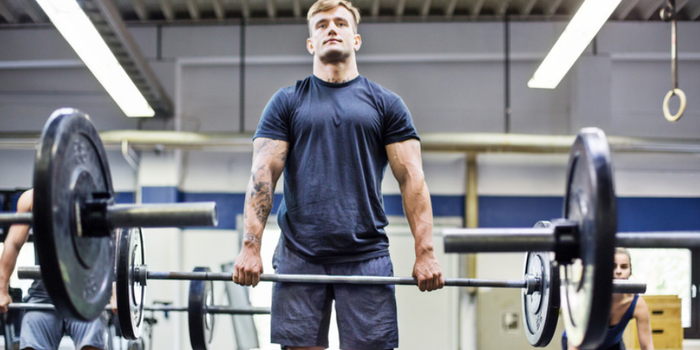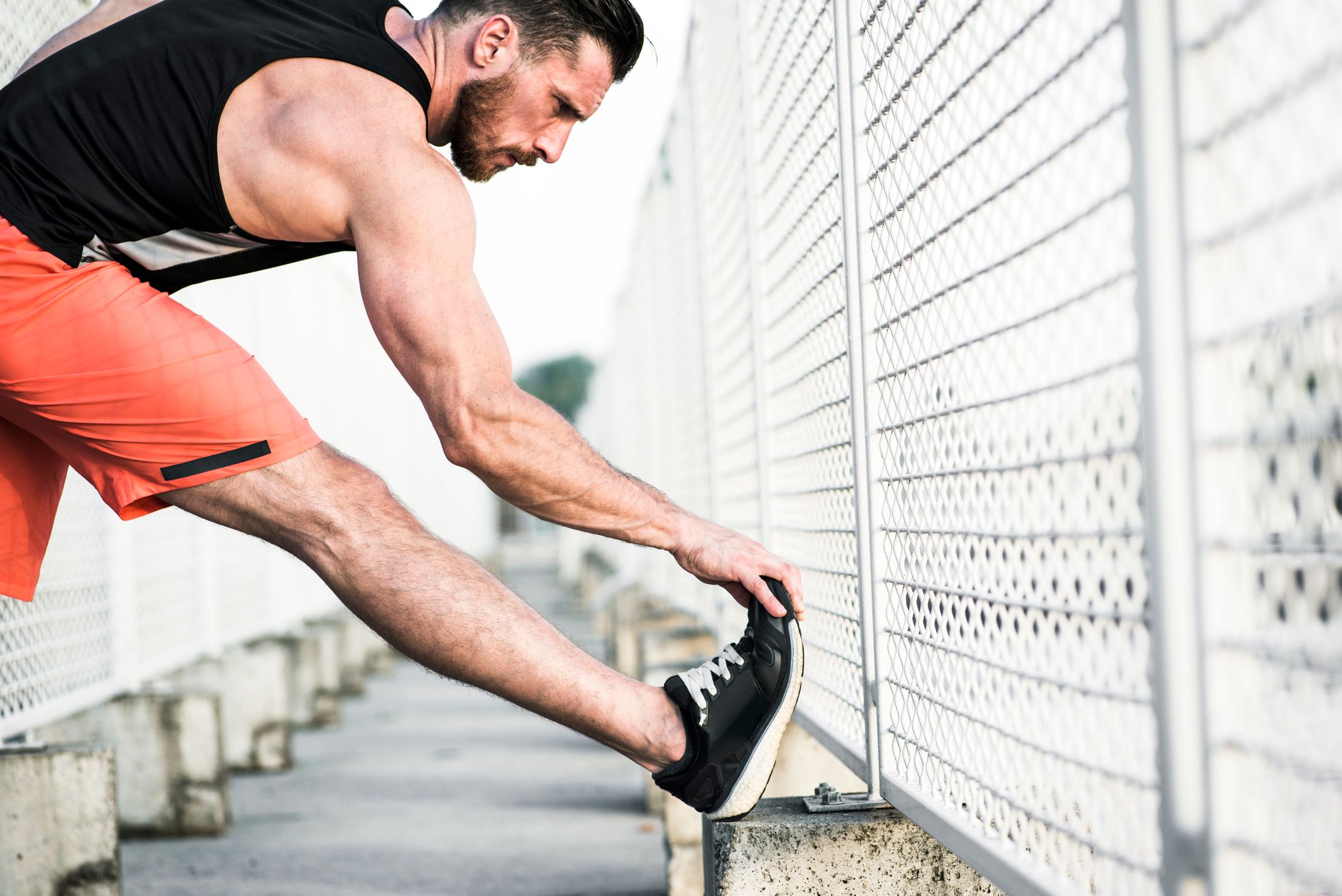Post-workout DOMS are always difficult to deal with, so make sure you recover the right way
Delayed onset muscle soreness (DOMS) is the term given to those muscle aches you sometimes experience after hitting the gym. It can last between 24-72 hours, and usually occurs after a spell on the sidelines or a switch to your usual routine.
When muscles are required to work harder than they’re used to or in a different way, it’s believed to cause microscopic damage to the muscle fibres, resulting in muscle soreness or stiffness.
When aching after training, there is always the tendency to reach for the medicine cabinet. Popping a painkiller is one of the biggest mistakes you can make, though.
Let’s take ibuprofen. This is classed as a non-steroidal anti-inflammatory drug (NSAID). Unless you’ve an actual injury or illness, these aren’t going to benefit you. Research shows taking ibuprofen post-workout could actually blunt muscle growth.
While it’s almost impossible to completely avoid some degree of soreness, there are ways to lessen the pain.
Online health and fitness site Vivotion.com have provided five simple ways you can recover from DOMS in the right fashion.
1. Cool-down or stretch
During training, your muscles are required to work harder than they are used to during everyday activities. To reduce pain, make sure that you don’t just get up and head straight home after a workout.
Instead, take a few minutes to cool down. Many people disregard the importance of this activity but cooling down helps you to avoid headaches and dizziness as it regulates blood circulation and slows down your heart rate and breathing. It also returns muscles to their optimal length-tension ratio.
2. Apply a hot or cold compress
One of the best ways to relax your muscles and joints is by alternating hot and cold compresses. Their ability to penetrate skin and underlying tissues helps increase blood flow and reduce inflammation.
Compresses can also be used to treat muscle strains and spasms. After an intense workout, first apply a cold compress to target areas, and then switch to a hot compress after 20 minutes. If you sustain an injury, apply a cold compress only.
3. Get a massage
Massage is an effective way to reduce muscle tension, stress and pain. It helps ease inflammation by limiting the release of cytokines. There are plenty of varieties you can choose from, including deep tissue and Swedish massage.Ask a physical therapist what best suits you.
4. Foam-rolling
This is essentially a type of massage that you can do on your own and is sometimes referred to as ‘self-myofascial release’.
Foam rolling helps you target specific muscles and reduce tension in trigger points. It can be performed with an actual foam roller, lacrosse ball, or simply by using your own hands. By applying pressure to specific points on your body, you are able to aid in the recovery of muscles and assist in returning them to normal function.
5. Eat muscle-friendly foods
What you eat has a huge impact on your body – both before and after training. When it comes to tackling muscle soreness, it’s best to eat foods that will help to repair your muscles and reduce stiffness, so opt for foods that are rich in protein and potassium, such as chicken breast, eggs and bananas.
Read more on Mark Wahlberg’s insane workout schedule























































